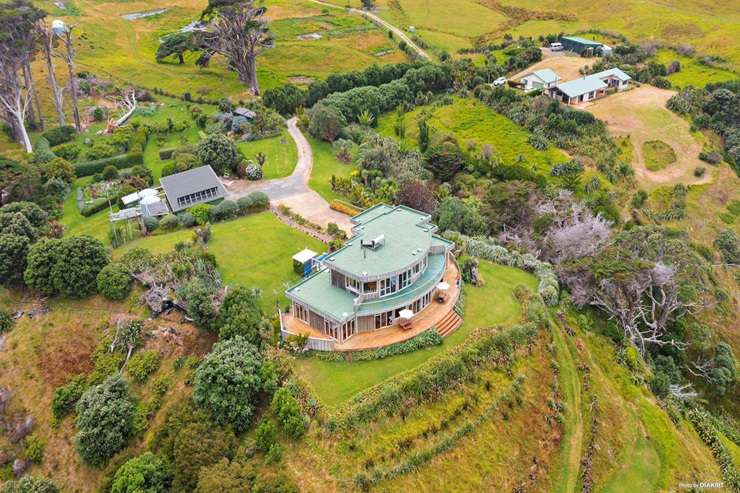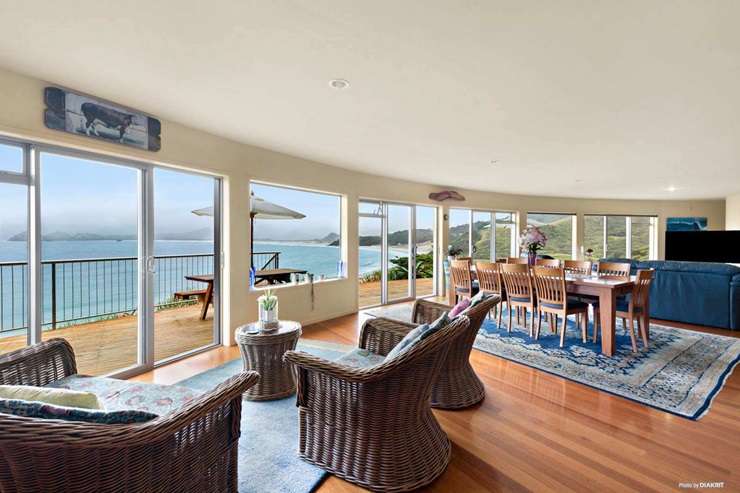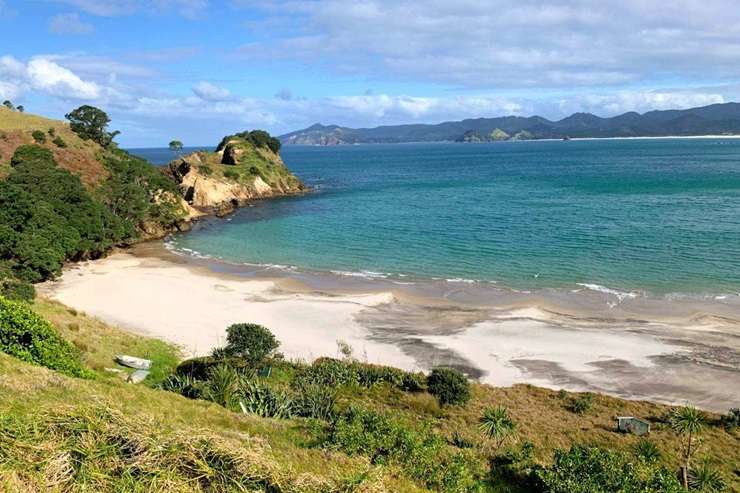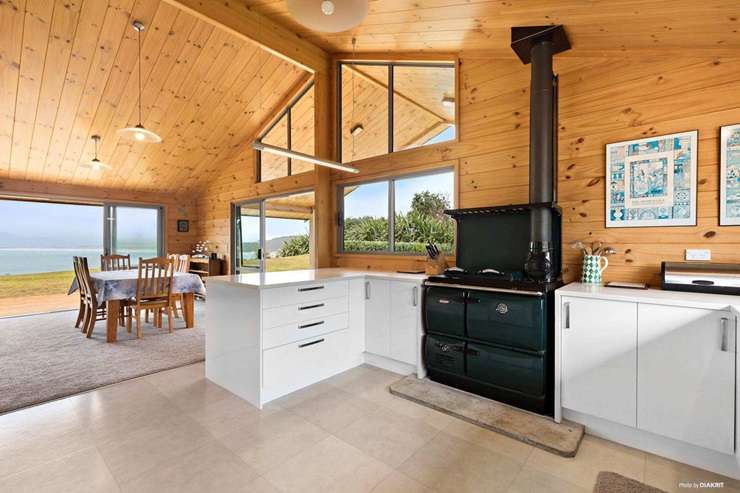One of the first European families to settle on Great Barrier Island, in the Hauraki Gulf, has put their 65-hectare coastal farm on the market for the first time in 115 years.
The Gray Family Farm has breathtaking views, two houses, wetlands and even a museum on site, which the family calls the “heritage hut”.
Barfoot & Thompson agent Mike Jensen said he had interest from America and from farmers from the Waikato before the listing even went live, though he’s not sure how people heard about the site.
Since the listing did go live, inquiries have been running hot with Aucklanders already booked to fly and boat the nearly 100km to the island to have a look at what is likely to be a $10 million-plus sale.
Start your property search
Read more:
- Waterfront bach selling for the first time in more than 60 years
- The holiday crib that was bought for $210,000 and sold for $2.665m
- $1m lighthouse for sale as 'big money' returns to Wellington
Jensen said he would not be surprised if overseas interest cranked well up before the March 13 tender deadline as he frequently fielded inquiry from people wanting a haven in which to escape the world’s woes.
Owners John and Shirley Gray declined to speak to OneRoof but through Jensen said it was time for them to move on and this next step in life’s journey was right for their family.
But with so much history attached to the property, selling is not easy. Jensen said there were some great yarns associated with the farm, including the original farmhouse being built from the wreckage of a ship in Rosalie Bay in the north of the island.

The 65ha property includes two substantial homes designed for off-grid living. Photo / Supplied
The Wiltshire steamer sank in May 1922 after foundering on a reef, according to the Auckland Museum, and while the 130 men were saved the ship later broke up.
Jensen said the shipwreck farmhouse was later moved off the property and is now at the museum at Claris, the main centre of the island.
John Gray’s parents came out from England in 1911 to buy the property, though Jensen said how that came about is unknown, and Shirley Gray is a seventh generation islander.
She was originally a Sanderson, another of the early European families who put a lot of work in to establish the island, he said.
The “heritage hut”, which is full of memorabilia including farming tools, bullock yokes, lamps, bottles and books, will remain.
Jensen said the farm has unparalleled beachfront and ocean views and, compared to some Great Barrier properties, was easy to get around.
The views look over the Pacific Ocean down to Awana Beach to the north, and Palmers, Kaitoke and Medlands Beach to the south, with about 1.4km of coastline between them.

Inside the main residence. The views are breathtaking. Photo / Supplied

The property offers 1.4km of coastline. Photo / Supplied
The two houses, about 200m apart, are designed for off-grid living and island life. Jensen said the whole island was off-grid so everyone was self-sufficient with their own power system.
“Solar is how we survive out here and this time of year power is absolutely no problem at all. Maybe in midwinter and you have three or four or five days of no sun, that’s when you turn your generator on.”
The two houses have solar, gas and backup generators. The main house has five bedrooms and three bathrooms, and the second house has four bedrooms and two bathrooms.
Each house is positioned to capture the views, sun and access to the 400m of beach in front which is only minutes away.
Jensen said the houses were a great set-up for extended family. The Grays’ son lives in the second house and supplies the island with potatoes and kumara which are grown on the property.
There are gardens and fruit and olive trees, plus eight water tanks and spring water, two freshwater bores, deep rock pools and market gardens, and there are two big four-bay garages and an established roading system, meaning the whole property can be driven over.

The second house is also poised to capture views of the beach. Photo / Supplied
Jensen said locals called it the best property on the island because it has the nicest contour.
“We’ve got plenty of big bush blocks which are bigger but you’re pretty lucky if you can step on to them because they are so steep and the bush is so dense, whereas this one, it’s partly being grazed by stock so it’s clear.”
The property has “immense” potential for subdivision, Jensen said, with many building platforms available.
He has a hunch offshore buyers will want the property who, he said, can still buy despite the foreign buyer ban but they have to get Overseas Investment Act approval which can take time.
“It certainly [is] a trend that we’re getting a lot of offshore owners out here looking to move away from America as such.
“One of them said to me the other day ‘my country has a lot of problems at the moment’.”
Jensen said two thirds of Great Barrier Island was owned by the Department of Conservation. The farm constitutes a tiny percentage of land on the island, but among the privately-owned landholdings it would be one of the largest.
“It’s special – it’s really special. It should be owned by the council, it’s that sort of property.”
- 346 Gray Road, Great Barrier Island, Hauraki Gulf Islands, is for sale by tender, closing March 13
















































































